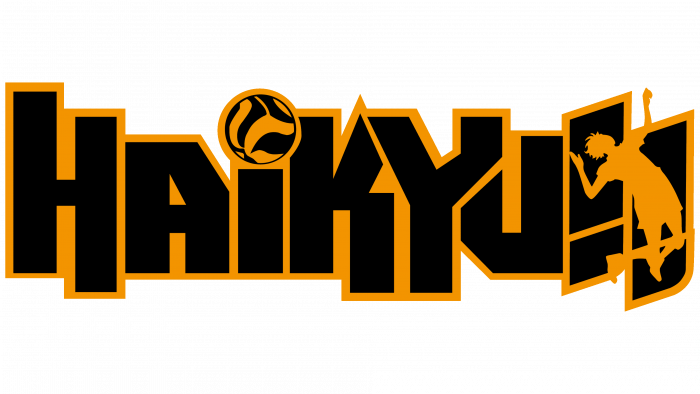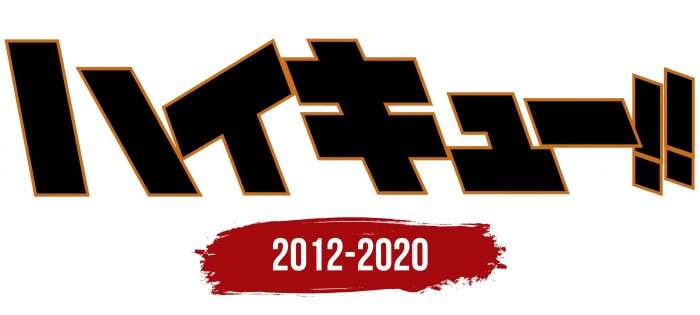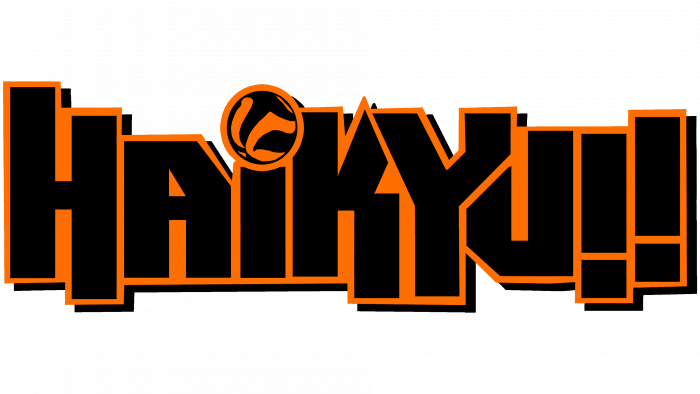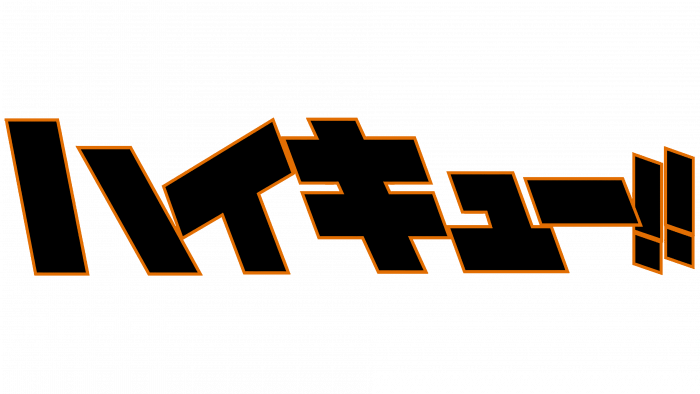Leap to dream depicts the Haikyuu logo. The road to the top is never easy. On the way to desires, you will have to overcome sheer cliffs and steep mountains. The emblem shows tenacity, unusual plot twists, and love for volleyball.
Haikyuu: Brand overview
| Founded: | February 20, 2012 – July 20, 2020 |
| Founder: | Haruichi Furudate |
| Headquarters: | Japan |
Meaning and History
Haruichi Furudate wrote the original manga. It was he who invented and illustrated forty-five volumes of tankobon. Most likely, this same person chose “Haikyuu !!” as such an unusual name. It translates from Japanese as “volleyball,” but, in everyday speech, no one ever calls this sport “haikyuu.” The Japanese themselves use another word to refer to volleyball: “bare-bo-ru.”
On the main logo of the media franchise, the name is written in the characters of the Japanese katakana alphabet: “ハ イ キ ュ ー.” It turns out that this is a phrase that can be divided into two parts: “ハ イ” and “キ ュ ー.” In Japan, it is only indirectly related to volleyball. The first word was borrowed from the English language. It is derived from “high,” has the same meaning, and reads “hai.”
What is Haikyuu?
Haikyuu is a story about a teenager who dreams of a successful volleyball career despite his short stature. He forms a school team and competes in tournaments, overcoming all challenges. The original plot is laid out in a Japanese manga created by Haruichi Furudate. It began serialization in 2012, and two years later, an anime series was produced based on it. Later, a collection of additional films featuring the same main characters was released.
The second word represents the complex kyu (級) character written in katakana. The Japanese use this alphabet to simplify the text, especially on minimalist signs or emblems. “キ ュ” denotes the discharge that a person has achieved in his type of activity, and the symbol “ー” must be pronounced as an elongated sound; that is, the correct sound will not be “kyu,” but “kyuu.” It turns out that the name of the manga literally translates as “high level.”
For English-speaking fans, “Haikyuu!!” there is a version of the logo in a language they understand. The English lettering is designed in the same style as the Japanese one: each element consists of wide black rectangular stripes. Only in the original, the orange edging is much thinner than in the adaptation.
The English symbol of the media franchise is smoother. Letters and exclamation marks are not slanted, and almost all lines are vertical, except a few crossbars and diagonals. Some stripes extend beyond the bottom of the line. Above the “i,” instead of a dot, there is an orange and black ball. The “i” is assumed to be lowercase, although the rest of the letters are in uppercase. This version of the logo has additional black shadows, making the word appear to be hanging in the air.
Japanese icon “Haikyuu !!” contains the title of the manga in the original language. It is written in the katakana alphabet to be read by those who do not know complex hieroglyphs. As for the English emblem, this is an adaptation made for foreigners. A new element has been added to it – a volleyball associated with the plot of the story.
Haikyuu: Interesting Facts
“Haikyuu!!,” created by Haruichi Furudate, is a beloved manga and anime series about high school volleyball, known for its inspiring story, engaging characters, and realistic portrayal of the sport.
- Origins: Furudate was inspired by their middle school volleyball experience, reflecting their journey from a middle blocker to being intrigued by the libero position in the series’ characters, Tsukishima Kei and Nishinoya Yuu.
- Publication: Starting as a one-shot in Shueisha’s Jump NEXT!, it was serialized in Weekly Shōnen Jump from February 2012 until July 2020, totaling over 400 chapters across 45 volumes.
- Anime Success: Since its April 2014 debut, the anime has enjoyed several seasons, OVAs, and movies, broadening its audience worldwide.
- Volleyball Authenticity: The series is praised for accurately depicting volleyball plays, strategies, and player roles, earning respect from sports fans and professionals.
- Character Depth: Beyond the main team, characters from rival teams are fully developed, each with distinct backgrounds and growth arcs, adding emotional depth to the story.
- Influencing Volleyball: “Haikyuu!!” has boosted volleyball’s popularity, inspiring many fans to take up or return to playing the sport.
- Awards: The manga has been recognized with several awards, underscoring its critical and popular acclaim.
- Global Fans: With a wide-reaching and active fanbase, “Haikyuu!!” inspires fan art, cosplay, and even volleyball tournaments, showing its impact beyond Japan.
- Merchandise: The series has led to a wide range of merchandise and collaborations, further embedding it in popular culture.
- Real Athlete Inspiration: Furudate drew from real volleyball players to craft the characters’ playing styles, adding authenticity to the series.
“Haikyuu!!” transcends the sports genre, resonating with themes of teamwork, perseverance, and passion, making it a source of inspiration for fans worldwide.
Font and Colors
The main logo, “Haikyuu!!” is a sample of Japanese calligraphy, somewhere between semi-italic and regular type. Although the similarity of styles is not one hundred percent, the typeface is close to the Greco family. The English name of the manga and anime is written in a font vaguely reminiscent of Fontalicious’s Dimitri. The letters are bold and sans serif but with irregular proportions.
But the color scheme for both emblems is the same. The black symbols are surrounded by contrasting orange lines that emphasize their strict geometric shape.
Haikyuu color codes
| Mango Tango | Hex color: | #db6e0b |
|---|---|---|
| RGB: | 219 110 11 | |
| CMYK: | 0 50 95 14 | |
| Pantone: | PMS 1585 C |
| Black | Hex color: | #000000 |
|---|---|---|
| RGB: | 0 0 0 | |
| CMYK: | 0 0 0 100 | |
| Pantone: | PMS Process Black C |






